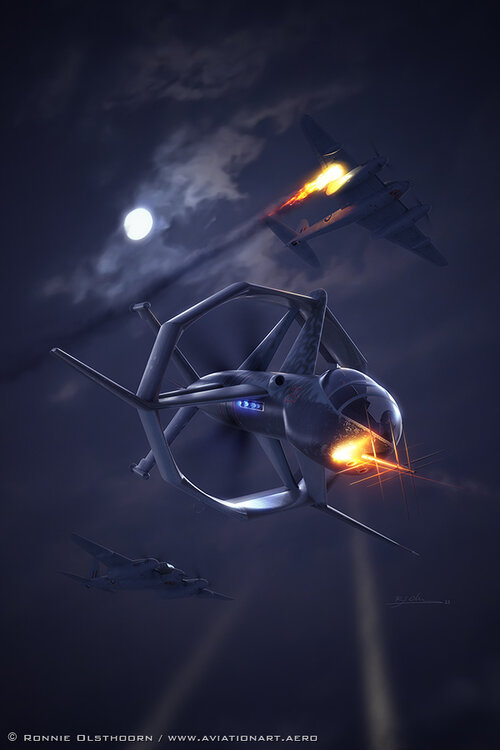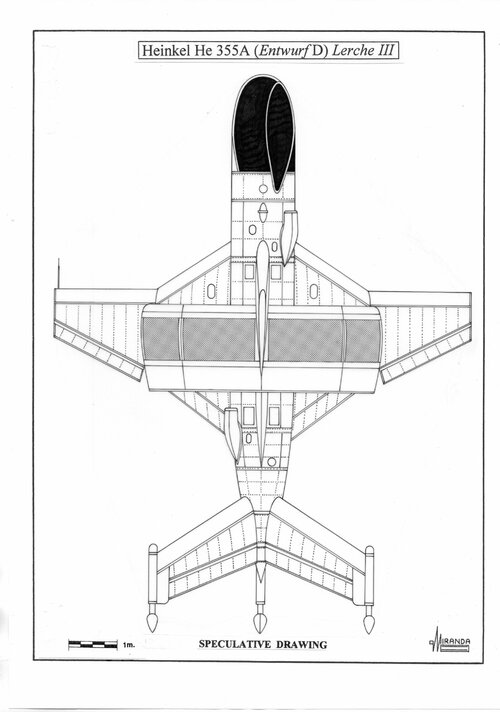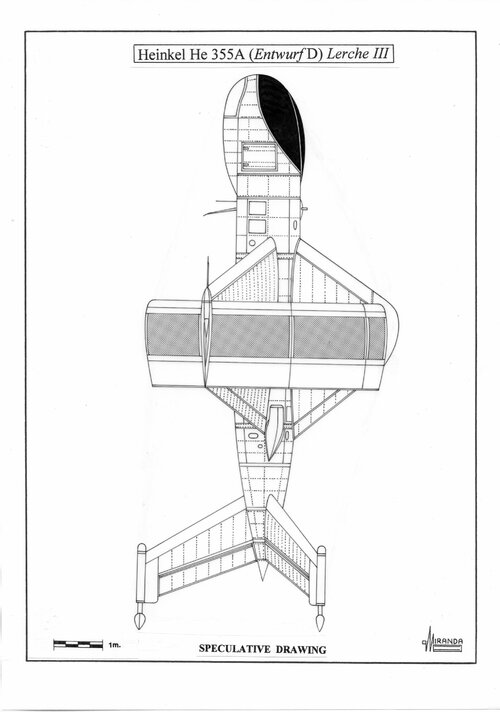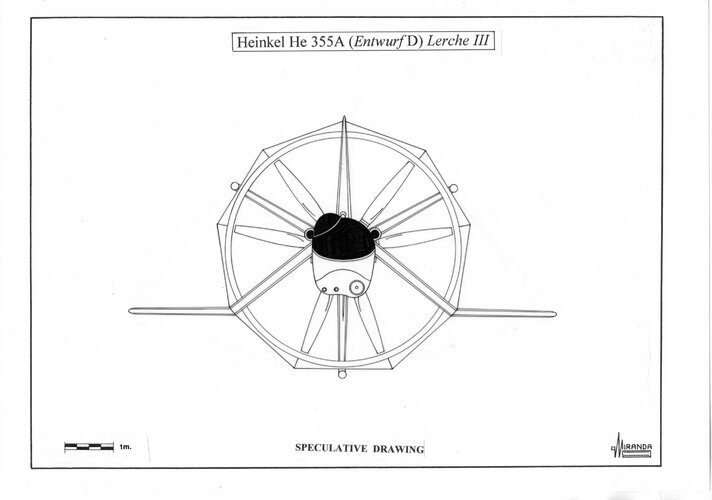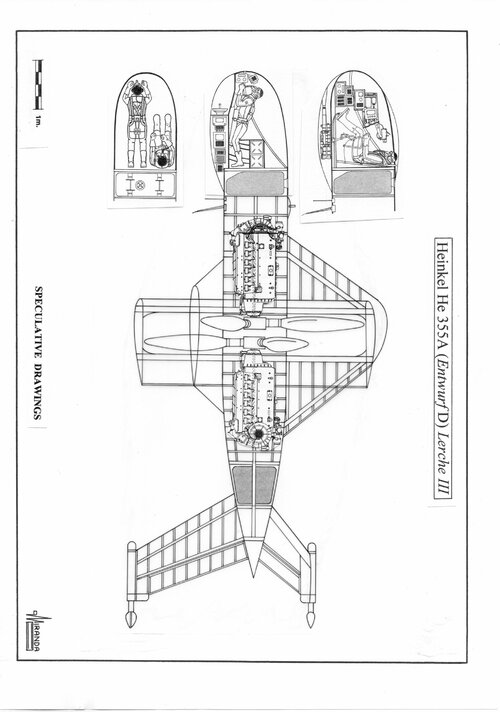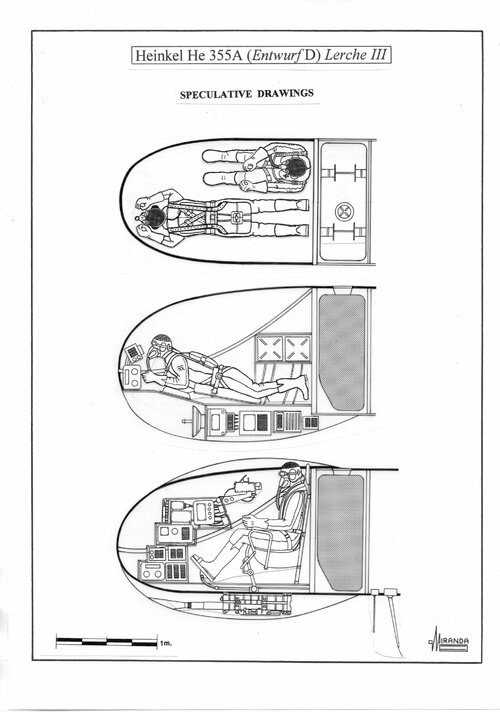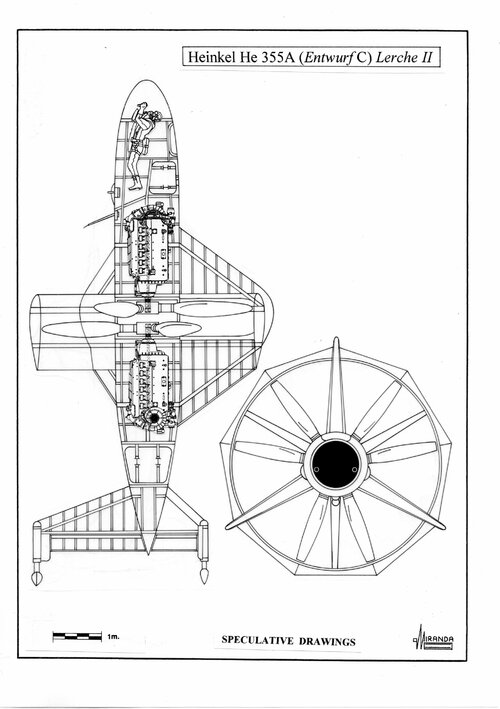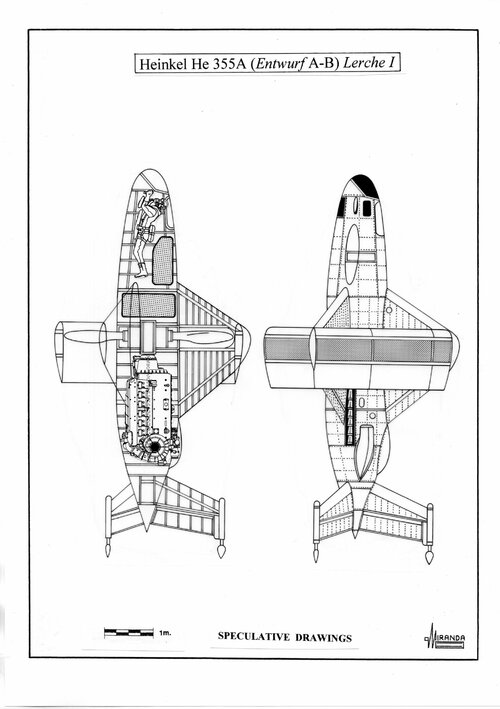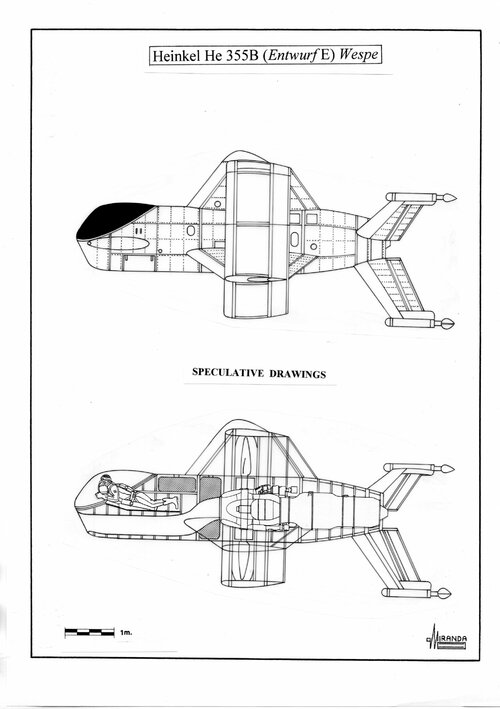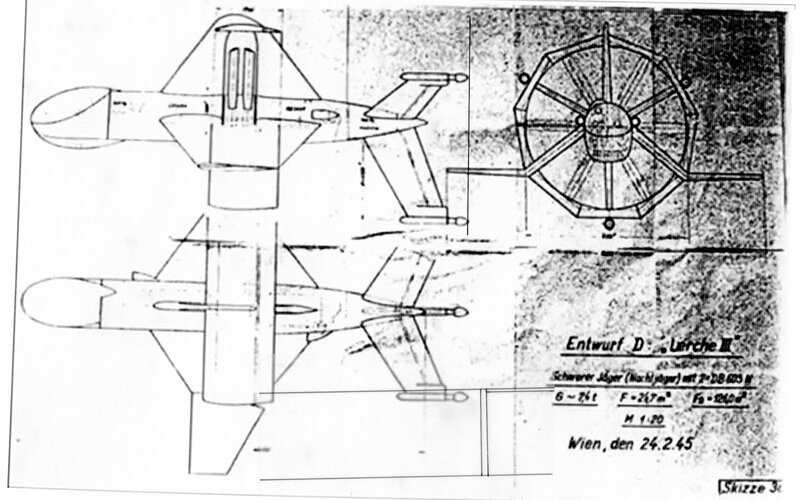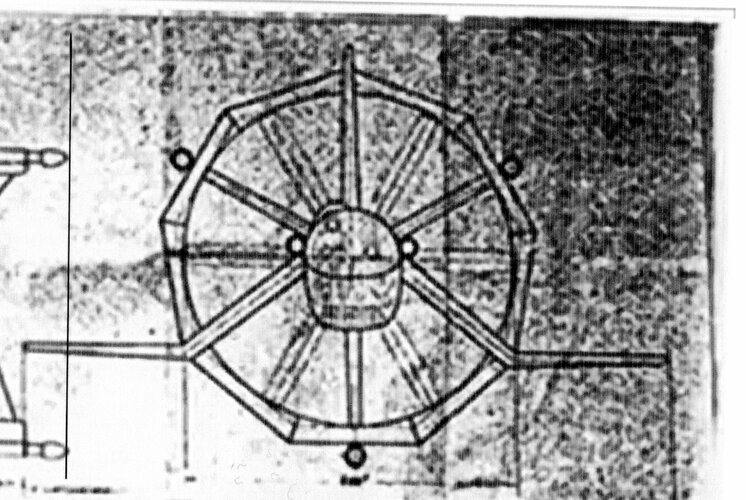By mid-1944 the RAF night bombing offensive had reached its peak intensity. The Pathfinder Force airplanes had gained much experience locating strategic targets at the heart of the Reich. They marked their targets with light markers to help the bomber stream that followed them, with a delay of just a few minutes, to accurately launch their bombs.
Many bombers were equipped with the cartographic radar H2S that could distinguish shorelines, rivers, and lakes, very efficiently supporting navigation. But from Germany viewpoint, the worst of all were the attacks of about a dozen British D.H. Mosquito fast bombers, to mislead the defenses of the Himmelbett system over the bombing chosen location.
The Himmelbett night system of defense of the Reich that covered five countries, dozens of radars - even specialized ships abroad - thousands of cannons and searchlights, aerodromes, squadrons, control and command centers running through thousands of kilometers of wires…. was not working. The night fighters obtained by the transformation of the veteran Bf 110, Do 217 and Ju 88 were not good enough. The Luftwaffe was fighting and losing.
Some single engine fighters of the Messerschmitt Bf 109 G-6 and Focke-Wulf Fw 190 A-6 types, used in operations Helle Nachtjadg and Wilde Sau, were fast enough to hunt the Mosquitoes, but lacked the electronic equipment Himmelbetteinsatz necessary to locate them in the dark. In February 1944, some Bf 109 G-6/U4N, equipped with passive radar receivers FuG 350 Naxos Z, began to operate at night with the 1./ NJG 10. This equipment was designed to detect the emissions of cartographic radar H2S used by the British four engine bombers, but not the Oboe emissions used by the Mosquito.
The NJG 11 was formed as a night fighter squadron specialized in experimentation with radars. In the summer of 1944, a Fw 190 A-6 / R6 was equipped with a FuG 217 L Neptun Liliput radar using it as a rangefinder for launching rockets W.Gr.21. Flying tests were also carried out with a Fw 190 A-8/R11 equipped with a FuG 217/218 Neptun J3 radar. capable of measuring the azimuth, and with Hirschgeweih antennae on the wings, but it was found out that the drag generated by them caused an unacceptable loss of speed. The conclusion was that the most suitable model for night combat was the Fw 190 A-6 / R11. It was equipped with a FuG 217 Neptun J1 radar of inferior performances to those of the J3, but its Letzler aerials generated less drag than the Hirschgeweih of the most advanced model.
Early in 1944, some Fw 190 A-6 / R11 night fighters began to be used by the units JG 300, JG 302, 2./NJGr 10, 1./NJG 10 and NJG 101 with mixed results because its BMW 801 engine lost power over 6,000 m of altitude. It was also useless to intercept the Oboe Mosquitoes flying at 9,000 m. and its armament lacked the punch required to demolish a Lancaster heavy bomber in a single attack. The Messerschmitt Bf 109 G Series 5 and 6 had the right speed and ceiling to deal with the Mosquito, but their use in night operations was problematic, given the fragility of their landing gear and the absence of blind-landing equipment.
However, tests were carried out on two Bf 109 G-6 / N equipped with prototypes of the FuG 217 and Letzler aerials radar. The operational version, called the Bf 109 G-5/AS, with pressurized cockpit and DB 605 AS engine, was used in mid-1944 by the II./NJG 11 at high-altitude interceptions. Combat experience showed that single seat fighters were not suitable for night combat. In addition to the problems experienced with its landing gear, short range and aerials and the absence of blind landing devices, it was discovered that the glare of radarscope ruined the night vision of the pilot, who also needed to keep an eye on the airspace around him. It was for this reason that an aircraft of the II./JG 300 rammed a Lancaster in March 1944.
On October 25, 1944, the OKL ordered the conversion of the fastest available airplanes -Me 262, Ar 234 and Do 335 - into emergency night fighters, following the Sofortprogramm directive. The modification consisted of installing a Neptun radar and a second crew member to operate it. The Me 262 B-1a/U1 and the Ar 234 B-2N, that were thus transformed, could enter service with some success in 1945. However, the air drag generated by the big Hirschgeweih antennae, installed on the nose, and the removal of one of the fuel tanks, to make room for the radar operator, penalized the maximum speed and endurance and partially overrode the advantage of the initial design.
The Sofortprogramm did not solve the problem.
On January 27, 1945, the OKL published the Vorrückenprogramm for high performance night fighters, equipped with the new radar Telefunken FuG 222 Pauke S with a 30 cm of diameter parabolic antenna. It was installed INTERNALLY, within an aerodynamic container of di-electric material placed in the nose of the airplane. In this model, the scope was replaced by a Revi device equipped with a red filter that did not affect the night vision of the pilot.
By the end of 1944 the Heinkel engineers designed an advanced system of automatic triggering weapons combining the fire control radar FuG 222 Pauke S with the gyroscopic gunsight Askania EZ 42 Adler. The 1078 project was created to prove that the system could be integrated in daytime fighters, providing them with additional capacity to act as night fighter or moskitojäger, controlled by the ground command by means of the FuG 25a and FuG 125a devices installed onboard.
Heinkel proposed the Lerche III, a two seat bad-weather variant equipped with one FuG 222 radar that had a 30-cm diameter parabolic mirror and the radio altimeter Siemens FuG 101a, with two inverted ‘T’ antennae under the left wing. It also had one IFF discriminator GEMA FuG 25a Erstling with a 300 mm rod antenna under the fuselage, shared with the command-relay FuG 139 Barbarossa and one R/T device Lorenz FuG 24 SE with whip antenna.
Lerche III was proposed in both heavy fighter and night fighter configurations, with pilot and radar operator, and two DB 603 N nose-to-nose engines.
Heinkel He 355A (Entwurf D) Lerche III technical data
Ring wing diameter: 4.7 m, overall length: 11.1 m, rotor diameter: 4.3 m, wing area: 24.7 sq. m, surface area: 126 sq. m, wing chord: 4.07 m, estimated max weight: 7,400 kg, power plant: two DB 603 N, twelve cylinder, inverted-Vee, liquid cooled engines, with two-stage TKL 15 turbo-supercharger, each rated at 1,810 hp in cruising flight and 2,250 hp at take-off with MW 50 booster, armament: two Mk 108/30 cannons mounted under the cockpit.

